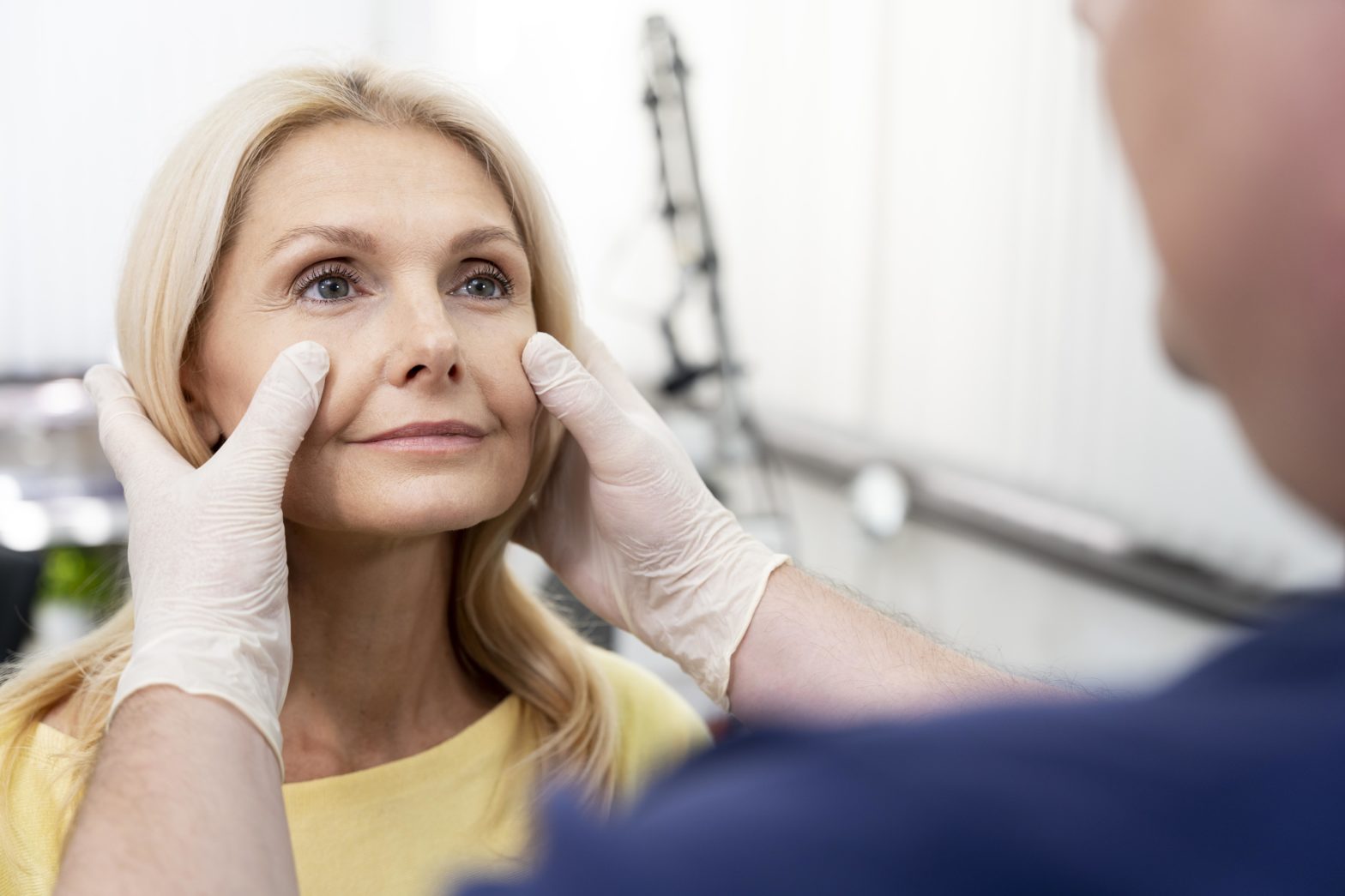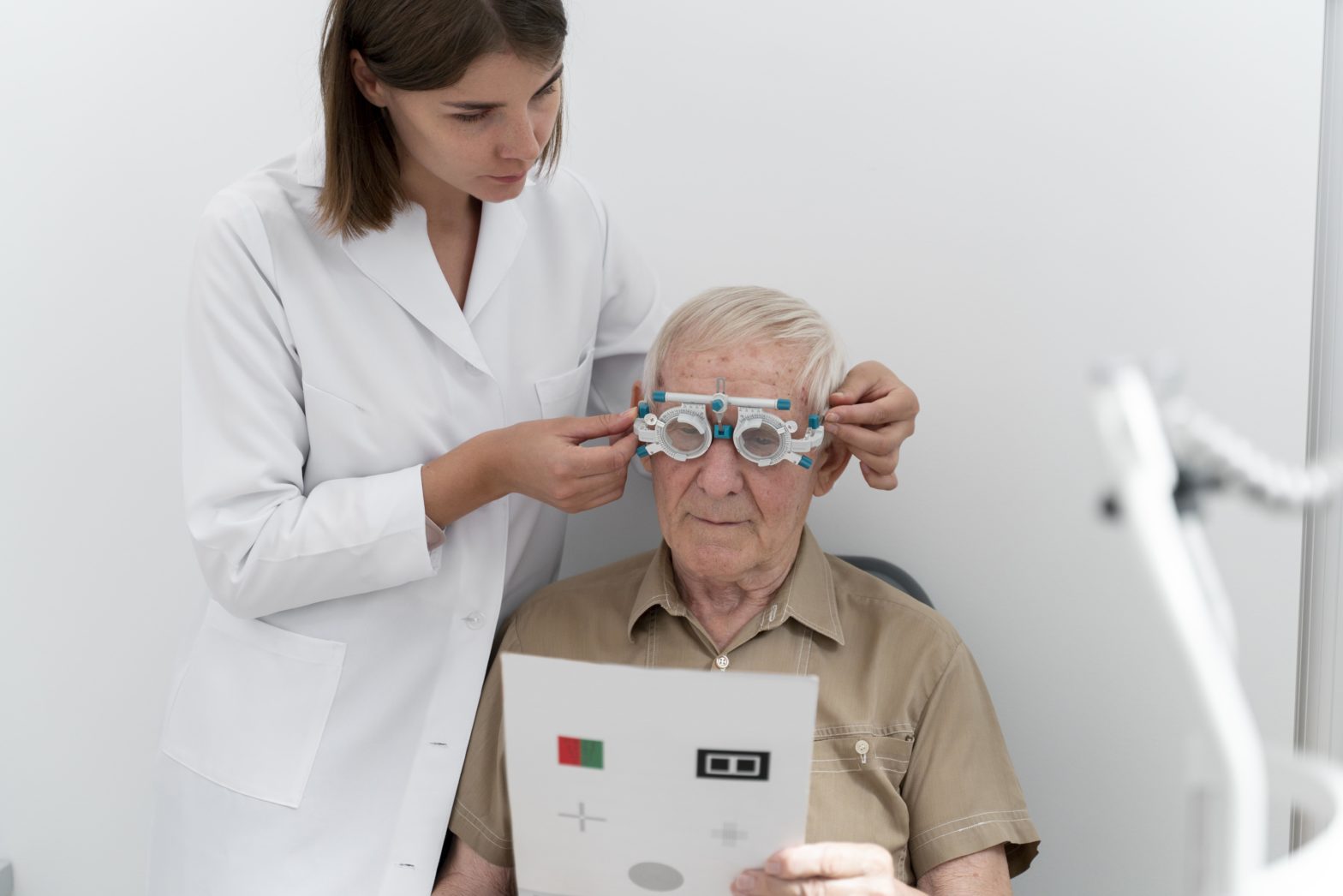Dark circles under the eyes are a common cosmetic concern for many people. They can make you look tired, older, and less vibrant than you feel. These dark, often purplish or bluish rings can be distressing, but understanding their underlying causes and available treatments can help you manage and reduce their appearance. Have a look into the symptoms, causes, diagnosis, and treatment options for dark circles under the eyes.
Symptoms of Dark Circles
Dark circles are usually characterised by the following symptoms:
-
Discoloration: The skin under the eyes appears darker than the surrounding areas, often with a bluish or purplish tint.
-
Puffiness: In some cases, dark circles can be accompanied by puffiness or bags under the eyes.
-
Thinness: The skin under the eyes is thinner than the skin on the rest of your face, making blood vessels more visible.
-
Wrinkles: Dark circles can accentuate the appearance of fine lines and wrinkles around the eyes.
Causes of Dark Circles
Dark circles under the eyes can be caused by various factors, both genetic and lifestyle-related. Understanding these causes is essential to determine the most appropriate treatment
-
Genetics: Some individuals are genetically predisposed to have thinner skin under their eyes, making blood vessels more noticeable.
-
Ageing: As you age, your skin loses collagen and becomes thinner, making blood vessels more visible and contributing to the appearance of dark circles.
-
Fatigue: Lack of sleep or poor-quality sleep can cause blood vessels to dilate, leading to dark circles.
-
Allergies: Allergic reactions can cause inflammation and itching, leading to rubbing and scratching of the eyes, which can worsen dark circles.
-
Dehydration: Insufficient hydration can make the skin under your eyes appear sunken and more prone to dark circles.
-
Sun Exposure: Excessive sun exposure can lead to the production of melanin, the pigment responsible for skin colour, and can darken the skin under the eyes.
-
Smoking: Smoking can accelerate the breakdown of collagen, contributing to thinning skin and dark circles.
-
Dietary Factors: A diet high in sodium can lead to fluid retention and puffiness around the eyes, exacerbating dark circles.
-
Medical Conditions: Certain medical conditions, such as allergies, eczema, anaemia, and thyroid disorders, can contribute to the development of dark circles.
Diagnosis of Dark Circles
To effectively diagnose the cause of your dark circles, it may be necessary to consult a healthcare professional or dermatologist. They will perform a thorough evaluation, which may include:
-
Medical History: Your doctor will inquire about your medical history, lifestyle habits, and any family history of dark circles.
-
Physical Examination: A close examination of the skin around your eyes will be conducted to assess discoloration, puffiness, or any underlying medical conditions.
-
Blood Tests: In some cases, blood tests may be recommended to check for underlying medical issues such as anaemia or thyroid disorders.
-
Skin Biopsy: If other causes are ruled out, a skin biopsy may be performed to examine the skin tissue more closely.
Treatment Options for Dark Circles
The appropriate treatment for dark circles under the eyes depends on the underlying cause. Here are some common treatment options:
-
Topical Creams: Over-the-counter or prescription creams containing ingredients like retinol, hyaluronic acid, and vitamin C can help reduce dark circles by stimulating collagen production and improving skin texture.
-
Home Remedies: Lifestyle changes like getting adequate sleep, staying hydrated, and managing allergies can alleviate dark circles.
-
Cosmetic Procedures: Cosmetic treatments such as dermal fillers, chemical peels, laser therapy, and microneedling can be effective for reducing dark circles and improving skin texture.
-
Camouflage Makeup: Concealers and makeup specifically designed for concealing dark circles can provide temporary relief by masking their appearance.
-
Medical Treatment: If an underlying medical condition is causing your dark circles, treating the underlying issue may help reduce their appearance.
-
Surgery: In severe cases, where dark circles are primarily due to excess skin and fat, surgical procedures like blepharoplasty may be considered to remove excess tissue.









